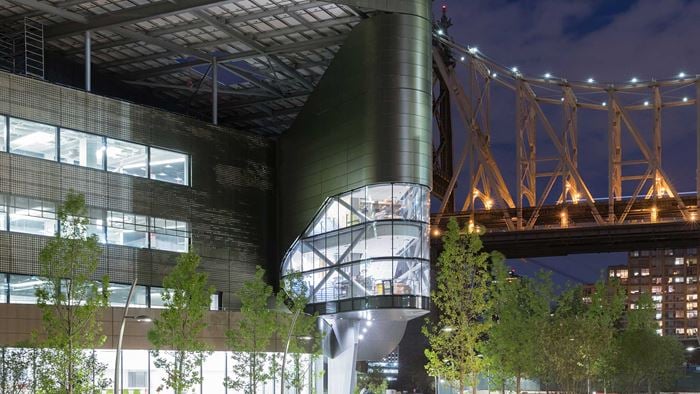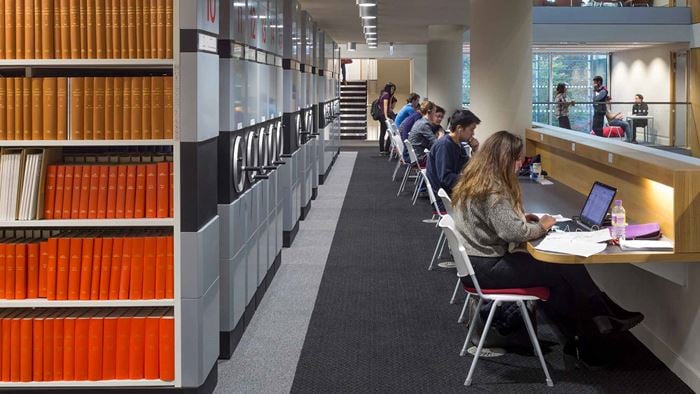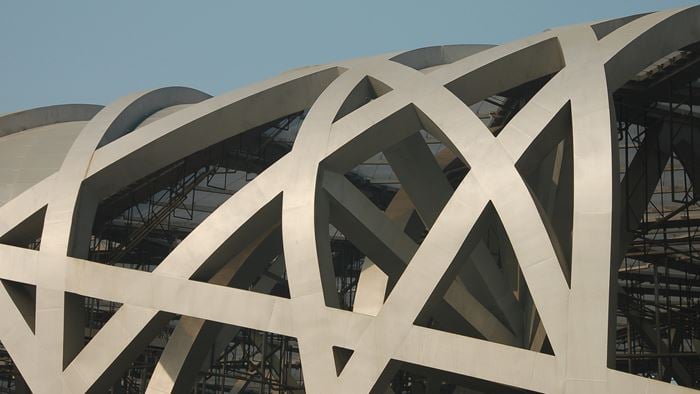In the 1990s, researchers discovered that the Cascadia subduction zone can produce a magnitude 9.0 earthquake, based on evidence of a previous earthquake of that magnitude.
This finding, in addition to improved science on the prediction of ground motion, implies that older buildings could be vulnerable due to the significant increase in known seismicity within the Pacific Northwest. Modern building codes help ensure life-safety to such events, but do not ensure that buildings will be re-occupiable or functional following a moderate to large earthquake. The University of British Columbia wanted to ensure the safety of their students, faculty, and staff in the event of a large earthquake, while also achieving minimal disruption of teaching and research in more moderate earthquakes.
Project Summary
328 existing buildings on campus
5individual campus utilities
55,887 students in Vancouver
Arup was contracted by the University of British Columbia (UBC) to perform a seismic engineering portfolio risk assessment and draft a holistic resilience-based design strategy for its approximately 330 existing buildings and distributed utility infrastructure on campus. This strategy aims to mitigate disruptions and to achieve campus life-safety and business continuity objectives for the university.
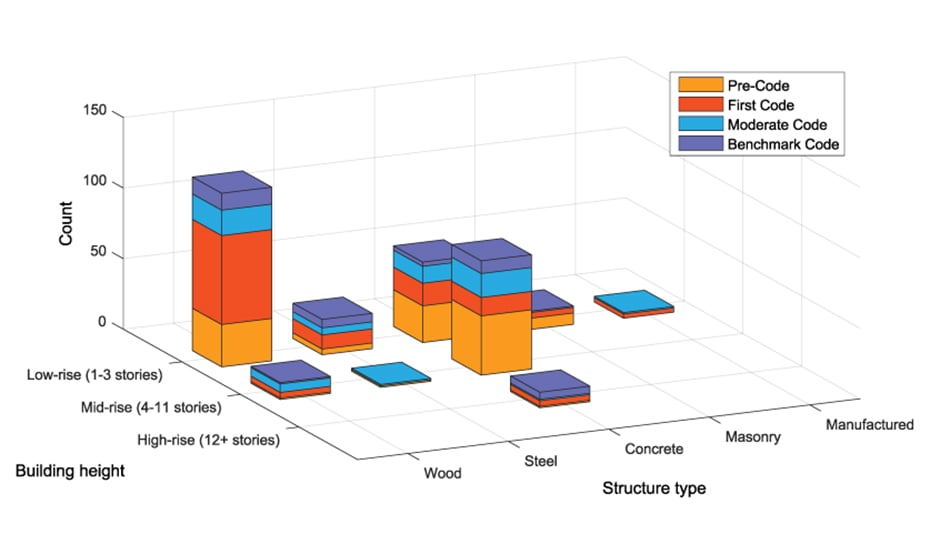
The buildings on campus are predominantly low-rise, light wood frame buildings and low- to mid-rise concrete wall buildings. Two-thirds of the building stock was constructed prior to the establishment of modern seismic building codes. As a result, more recent advances in earthquake science and lessons learned from previous events have not been captured in the design of many of the buildings on campus.
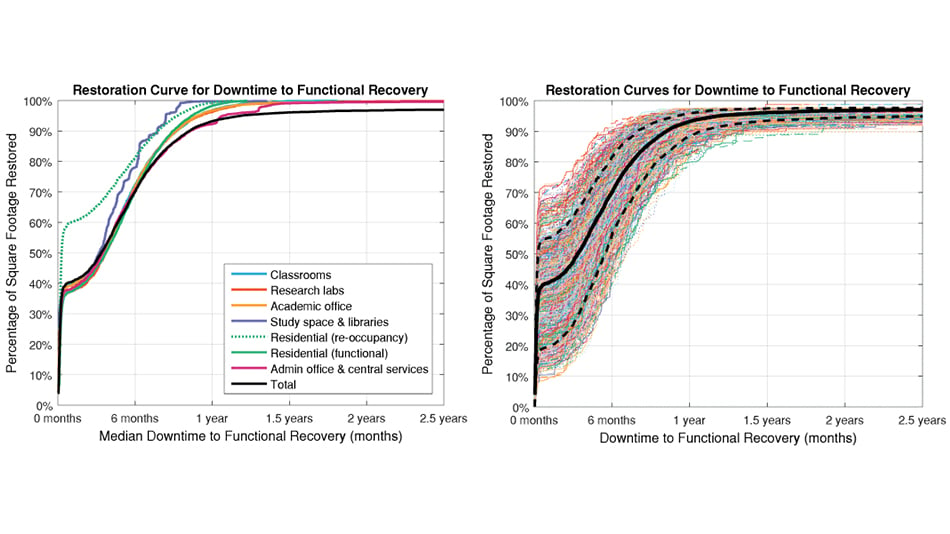
Quantifying the recovery of campus buildings and utilities
For each of the existing buildings on campus, a quantitative seismic risk assessment was performed by virtually simulating thousands of different earthquake scenarios. The REDi downtime assessment methodology — a methodology to predict anticipated disruption of buildings following a shock (like an earthquake) in a fully probabilistic manner — was used to understand how the criticality and extent of predicted damage translated to building-level downtime, re-occupancy, and functional recovery. These metrics were then related to occupancy data provided by UBC to understand the amount of time different campus services would be interrupted following four different return period earthquake events. The information on the baseline risk of various campus services can then be used to help emergency planning.
Even if buildings are relatively undamaged following an earthquake, functionality may not be resumed until utilities such as power and water are restored. Utility disruption and restoration can be challenging to estimate due to interdependencies and redundancies within the network. Arup performed a fault-tree analysis (a deductive approach to analyze systems) to robustly consider the campus utility network in the virtual earthquake simulations.
Student displacement and out-migration studies
Students are essential to the vitality of a university. If many students were to out-migrate, or permanently leave, following an earthquake, it could significantly alter the social fabric of the university, damage its reputation, and impact its financial health for years due to lost tuition revenue and research grants. Students may decide to out-migrate for a variety of reasons, but the most notable include a lengthy displacement from their residences, limited capacity to adapt (e.g., international students or non-local first-year undergraduates that may not have a local support network), and a significant disruption to teaching.
Arup was able to use the results of the quantitative seismic risk assessment to understand how long students were likely to be displaced from the dormitories in various earthquake scenarios. This information was combined with student demographics to predict student out-migration.
Moving towards mitigation strategy implementation
Arup proposed a variety of next steps for UBC to increase its resilience to earthquakes, including operational measures and physical retrofits. Since safety is the first priority for the university, Arup helped to inform various mitigation strategies within a given budget to most drastically increase life-safety using principles of cost-benefit analysis. The campus selected a subset of the most vulnerable buildings from the study to conduct detailed structural analyses to better understand deficiencies and associated retrofit concepts. With that, the University of British Columbia is one step closer to substantial seismic resilience.
“We have particularly appreciated how [Arup has] translated their engineering findings into financial and life-safety terms that have made it easier for a broad audience of decision-makers to understand. ”
Jennifer Sanguinetti Director of Project Services, UBC
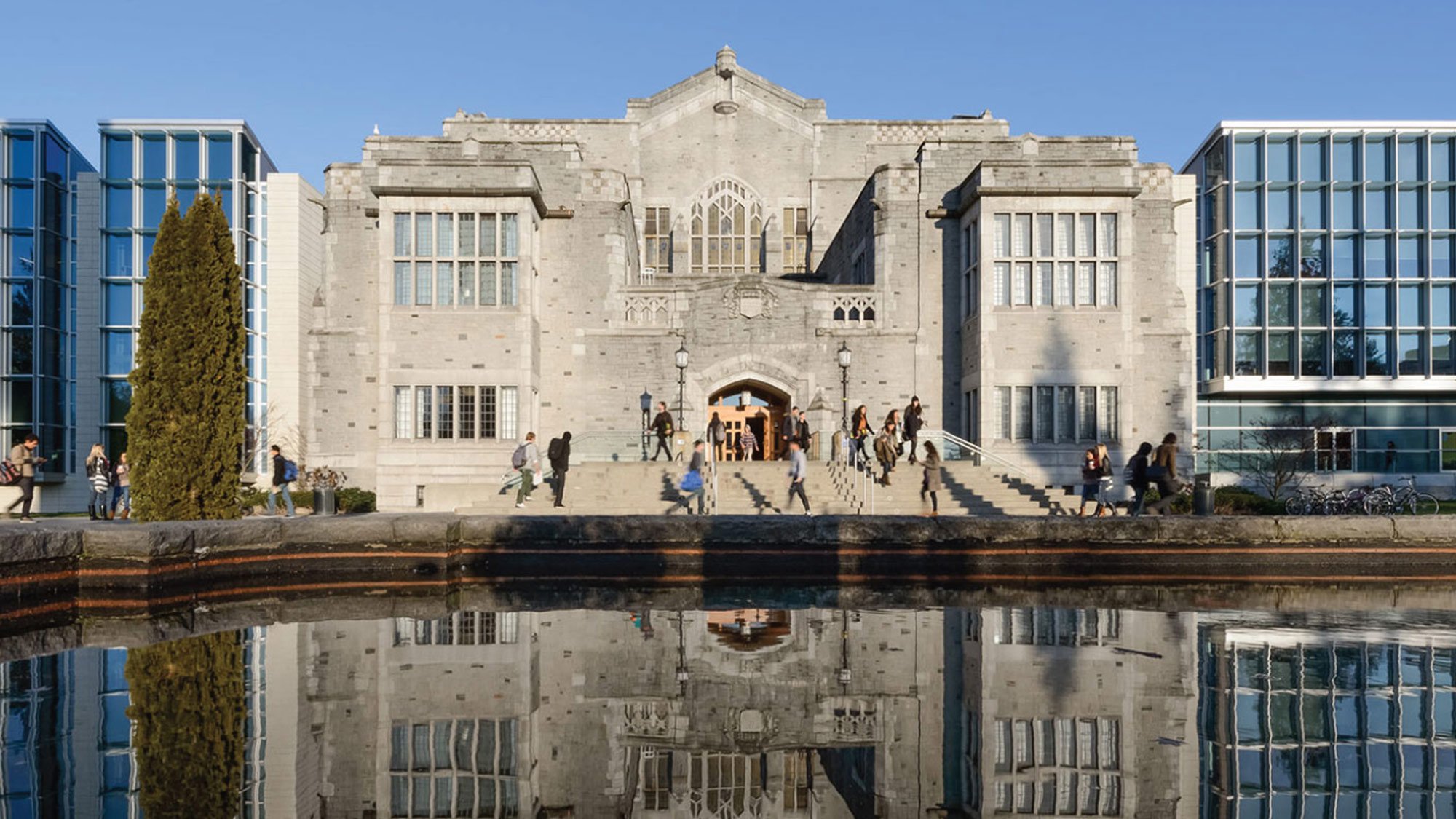 ;
;


